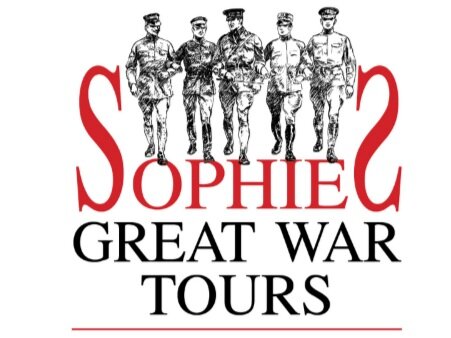“A panic-stricken rabble of Turcos and Zouaves with grey faces and protruding eyeballs, clutching their throats and choking as they ran, many of them dropping in their tracks and lying on the sodden earth with limbs convulsed and features distorted in death.”
This is a horrifying eyewitness account from an allied officer at Ypres on 22nd April as he saw the fall out from the first mass use of gas on the Western Front.
Those fleeing for their lives were the remnants of the two French colonial divisions which had broken, creating a five-mile-wide gap in the allied lines.
The Germans, uncertain as to the effects of their dreadful weapon, proceeded with understandable caution crossing no man’s land behind the chemical clouds of death.
This gave the Canadian and British forces on the flank of the broken French an opportunity to fill the chasm created in the line. With no respirators and without knowledge to improvise barrier methods against gas (such as gauze cloth soaked in urine over the nose and mouth) the bravery of the troops who, at substantial cost in lives and permanent disability, went forward to meet the German foe is extraordinary.
The St Julien Memorial, known as the Brooding Soldier (pictured below), commemorates the Canadian First Division’s actions in the second battle of Ypres, when they rushed to plug the gap created by the gas attack on this day in 1915.
This is a place of pilgrimage for Canadian visitors and thousands more and Sophie’s Great War Tours regularly take guests wishing to pay their respects and see the site of such a seminal moment in modern warfare.
The wider Ypres salient is an ideal location to see the trenches of WW1 today. Many guests of Sophie’s Great War Tours choose to base themselves in and around the beautifully restored Flanders town as it’s the crux point of four major engagements – in 1914, 1915, 1917 and finally 1918 – Ypres is steeped in the history of the war that was meant to end all wars.
The Brooding Soldier, Vancouver Corner, Ypres

